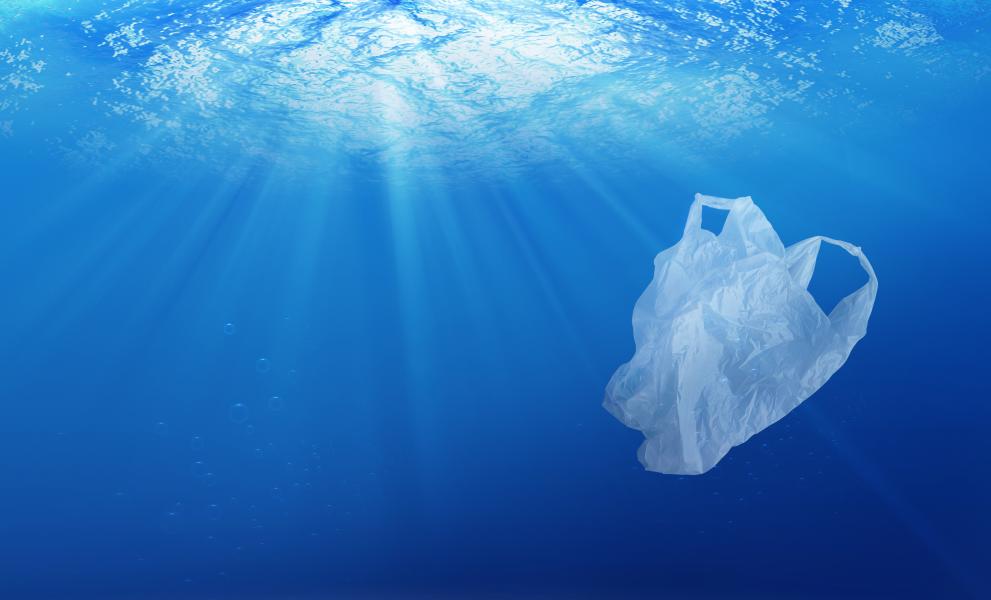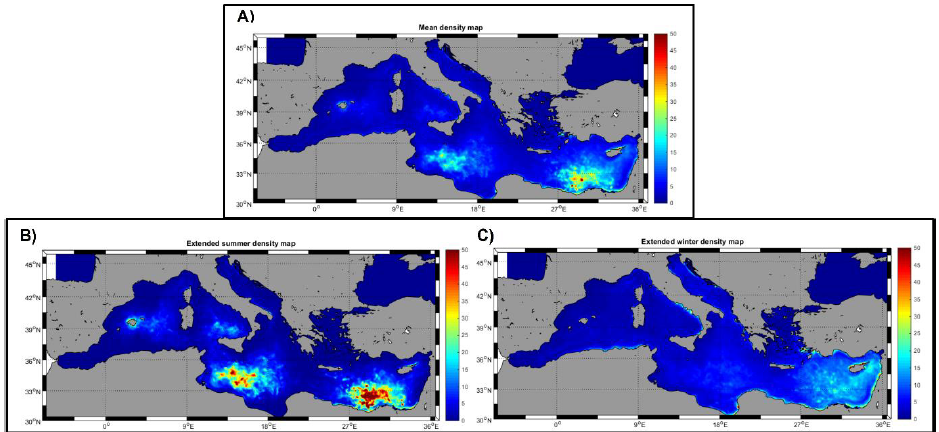
Scientists from the JRC and University of Cadiz have developed a new tool for tracking the movements of litter in the Mediterranean Sea, a region with one of the highest concentrations of floating plastics in the world.
The new lagrangian modelling tool, described in a recent article published in the Marine Pollution Bulletin, helps locate the sources and final locations of floating litter, and identify the beaches most likely to be affected.
The first model to address the unique situation of the Mediterranean Sea, it can also help predict the impacts of future climate change on litter distribution patterns, thereby facilitating targeted measures for tackling this pervasive type of marine pollution.
Plastic marine litter on the rise
The prevalence and negative impacts of marine litter, particularly plastics, are of growing international concern.
Macro- and microplastics have been found in all marine regions of the Earth.
At least 8 million tonnes of plastic end up in our oceans every year, and are estimated to make up 80% of all marine debris.
Given their pervasiveness and durability, plastics pose a serious threat to natural ecosystems, food safety and quality, human health and coastal tourism.
Plastic doesn’t biodegrade, but breaks down into smaller microplastics over time. About the size of plankton, these microplastics (which can contain contaminants) are ingested by marine animals and can end up in the human food chain.
Plastic pollution in the Mediterranean Sea
The Mediterranean Sea is particularly vulnerable to plastic pollution, and has more than its fair share of floating plastic debris: up to 55% of all floating ocean particles.
This is largely due to its semi-enclosed nature, high coastal population density, intense touristic and maritime activities, and general marine circulation patterns.
The Mediterranean Sea is also a unique ecosystem. Despite its small size (less 1% of the total ocean area), it hosts a disproportionately large amount of biodiversity (up to 18% of all marine species). These species are coming increasingly under threat due to marine litter pollution.
However, little is known about the spatial distribution of marine litter across the Mediterranean basin.
New modelling tool
The new hydrodynamic modelling tool shows the links between water circulation and floating litter distribution and accumulation patterns.
In the first ever assessment of the general, basin-wide seasonality of the surface currents in the region, the scientists used the JRC’s Marine Modelling Framework tools to simulate the dynamics of the surface layer of the Mediterranean and how these drive the circulation and accumulation of floating litter.
They found that the distribution of floating litter is affected by the seasonal dynamics of surface water circulation. Many hot spots of litter zones appear across the basin in summer, while litter disperses and moves towards Eastern Mediterranean and nearshore waters in winter.

Interestingly, the highest concentration of floating plastics in the Mediterranean Sea was reported along the Israeli nearshore waters.
The models also indicate a tendency for floating litter to accumulate in beaches in Northern Africa. This raises concerns regarding transboundary pollution, as most of the major rivers (the main sources of floating litter) are located in EU countries.
Predicting future distribution patterns
By coupling future scenarios about hydrodynamic changes with the particle tracking modules, this model could help project potential accumulation regions and periods, and understand whether or not they are likely to change in the future.
Such future scenario simulations, together with different management options (e.g. waste management or plastic use) could provide valuable information to stakeholders in their efforts to preserve the Good Environmental Status (GES) of European waters, as sought by the Marine Strategy Framework Directive of the European Commission.
Further information
- Surface water circulation develops seasonally changing patterns of floating litter accumulation in the Mediterranean Sea. A modelling approach
- Marine Modelling Framework
- Marine Strategy Framework Directive (MSFD, 2008/56/EC)
Related Content
Details
- Publication date
- 22 October 2019
